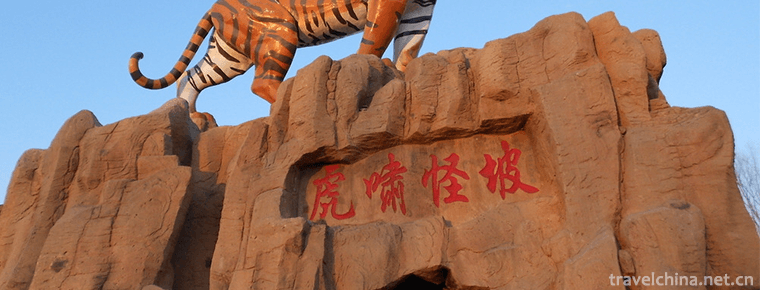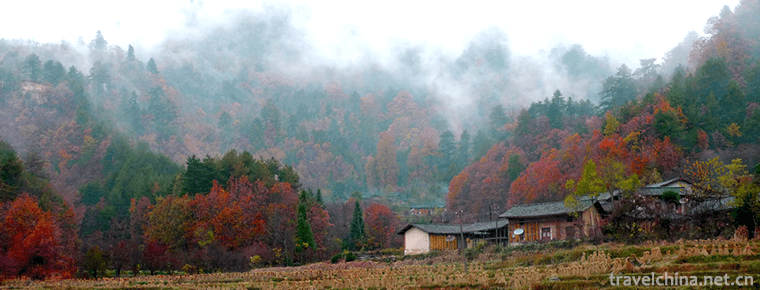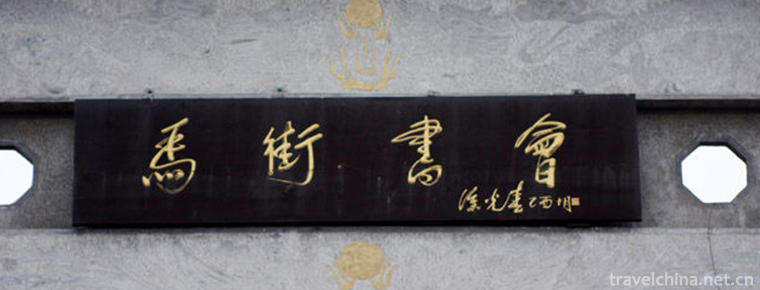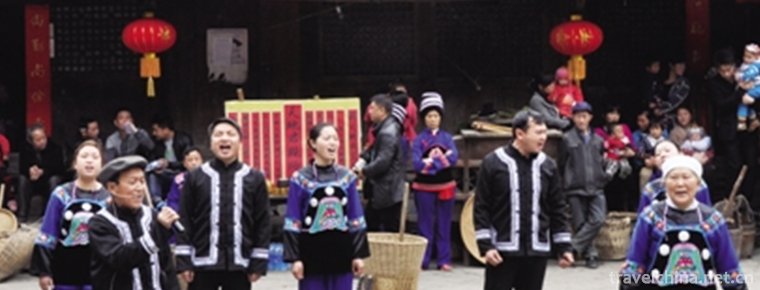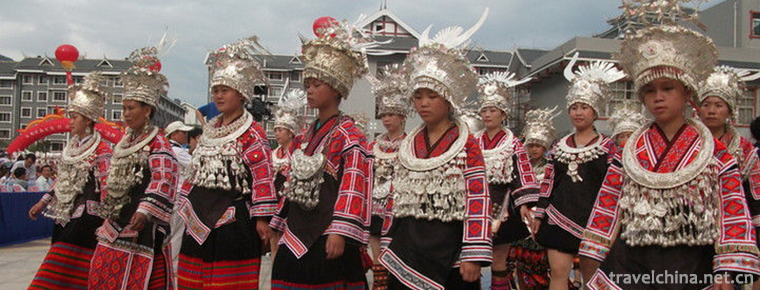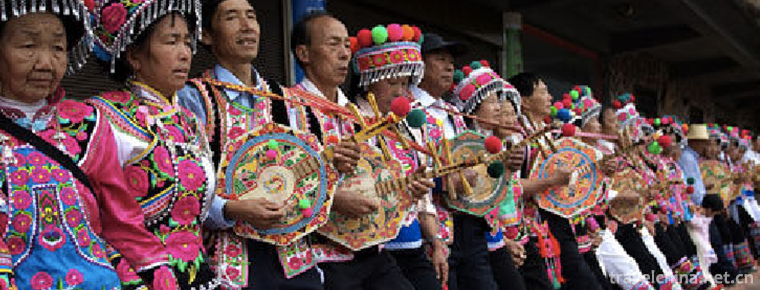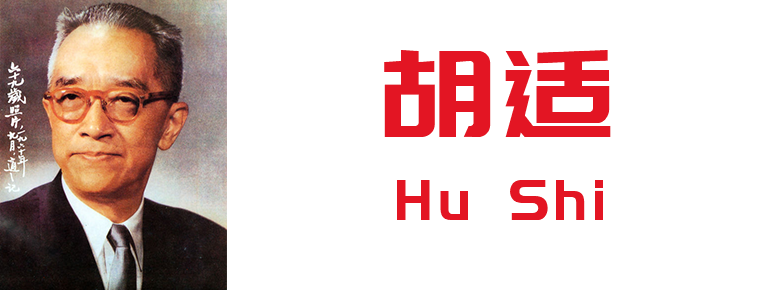Mongolian Chur
Mongolian Chur
A vertical wind instrument: Kazakh called Spuzier, Kirgiz called Queer, Mongolian called Chuwur (Chuer).
"Chuoer" is an ancient vertical wind instrument of Tuva people of Mongolian nationality in Xinjiang, which mainly distributes in Mongolian inhabited areas of Altay region. The Tuva people of Mongolian nationality in Altay, Xinjiang, have a long history and are known as "living fossils" in the history of Chinese music. It has outstanding historical, cultural and scientific value.
In June 2008, Altay, Xinjiang Uygur Autonomous Region declared that the Mongolian Chur was listed in the second batch of national intangible cultural heritage list with the approval of the State Council.
historical origin
According to musicians'textual research, the Mongolian Chur has been recorded in many ancient books in China (including the Book of Songs). Its history can be traced back to the Hun Dynasty, and it was produced before and after the formation of the Mongolian nationality at the latest. Its history can be traced back at least 2300 years ago. Chuoer came into being under special regional conditions, production and lifestyle. It is said that the art of heroic epic rap and singing was very popular as early as the 13th century in Mongolian grassland. As a special form of folk singing, it conveys the deep philosophical thinking and understanding of the Mongolian people about the natural universe and all things in the world, and expresses the Mongolian people's idea of pursuing harmonious survival and development. And healthy and upward aesthetic taste. Chuoer is one of the oldest art forms of the Mongolian nation. It retains some elements of primitive singing more. It is a long-standing echo from the deep memory of the nation. It is closely related to the history and culture of the Mongolian people.
artistic characteristics
Principle of Pronunciation
There is no whistle piece or hole in the upper end of the pipe, and the tongue tip controls whether the air door is loud or not. The rugged laryngeal and nasal sounds, combined with melodic sounds, form the unique special timbre of Chuwur.
Instrumental construction
According to the Qing Dynasty's "Western Regions Map Records" Volume 40, it is described in more detail: "Chuoer" is like the Xiao of the Mainland. For bamboo, the length of the whole body is 2 feet 3 inches 9 minutes 6 centimeters. For all four holes, the upper mouth of the tongue is set against the tube and the sound is blown. It is essentially an empty tube, growing up to about 60 centimeters. The thickness and thickness of the tube wall depend on the material. The front of the tube begins at about three fifths of the tube length and opens three basically average pitches downward.
Making materials
Usually reed poles can be made, in addition to reeds, you can also choose Congwenyicao and other hollow herbal plant poles.
Playing occasion
It is often heard in festivals, weddings and grazing, offering sacrifices to Aobao, and offering sacrifices to water and soil. It is also a situation where musicians console people who have suffered difficulties and even parting from their lives by playing Chuwur.
Inheritance value
Its vocal method and characteristics are relatively rare. A singing art of the northern grassland people recorded in many ancient books of China, "Xiao" is the original form of the Mongolian zor. In terms of its musical style, Chur mainly plays short-key music, but he can also sing short long-key songs. There are not many such songs. The emergence and development of Zor is the product of the development and progress of Mongolian music, and there has been a qualitative leap in the understanding and mastery of acoustic laws. In hunting and nomadism, the ancestors of the Mongolian Plateau imitated the sound of nature piously. They believed that it was an important way to communicate with nature and the universe effectively and live in harmony. Thus, some potential of human voice organs were developed. One person could make "harmony" when imitating the sound of waterfalls, mountains, forests and animals, that is, the embryonic form of the Mongolian zor.
Inheritance status
Judging from the production of Zor and the theme of the repertoire, the singing form of "throat sound" should be the product of the Mongolian mountain forest hunting culture period. On the way to explore the mystery of sound, Mongolians have made breakthroughs at last. To rescue, excavate and develop the cultural heritage of this nation is an urgent matter, which has immeasurable practical significance and far-reaching historical influence. In order to further strengthen the protection and inheritance of the Mongolian Chur, the Party Committee and the government of Khan De Gate Township have set up the Office of Rescue, Excavation and Protection of Folk Cultural Heritage, the Leading Group of Non-material Cultural Heritage and the Association of Folk Artists. There are more than 100 folk artists. In March 2007, the Mongolian Chuoer was selected as the first batch of intangible cultural heritage protection lists in the autonomous region, and in April 2008, as the second batch of national intangible cultural heritage protection lists.
The Office of the Leading Group of the Non-material Cultural Heritage Survey in Altay was established in 2006. Under the leadership of the cultural authorities at higher levels, the work of the non-material cultural heritage survey, excavation, research, rescue and protection was actively carried out, and the Mongolian Chur was included in the declaration work. With the help and support of the Leading Group of the intangible cultural heritage protection project in Altay, a census team was arranged to interview Mongolian Chuoer inheritance artists in Degate Township, Khan. Collect and collate folk music materials related to Chuoer. Listen to experts'opinions, live with folk artists, and carefully understand the history of the inheritance of Chuoer folk music. And the local surrounding environment was surveyed one by one, which laid a good foundation for the inheritance and protection of Chuoer.
In February 2004, Altay Khan De Gate Mongolian Township was awarded the "Township of Ethnic Folk Art in the Autonomous Region", after which the township Party Committee and the government actively carried out rescue, excavation and collation of folk cultural heritage. During the major festivals, rich and colorful folk art exhibitions and broadcasting activities were carried out in urban and rural areas, and a number of cultural heritages with historical, cultural and scientific values were launched, which also enabled the effective protection and inheritance of Chur's music culture. It promoted the fame of Khandgart Township and attracted tourists both at home and abroad. It not only strengthened the development of folk artists, but also strengthened the team of folk artists. It has led to the rapid development of social culture and economy in this region.
In September 2006, a performance team composed of folk artists such as Qiaolong Bart of Khan De Gate Township participated in the first Xinjiang Folk Culture and Art Festival held by the People's Government of the Autonomous Region, which won the "Excellent Program Award" and "Excellent Folk Artists Award". In October 2006, the performance team of Khan De Gate folk artists participated in the first "Folk Art Festival" held by the Altay Regional Executive Office. In 2006, folk artist Qiaolong Bart was absorbed as a member of the Folk Artists Association of the autonomous region. From 2004 to 2006, the folk performing team participated in the "Golden Hill Summer Art Festival" held in Altay City and won the "Excellent Program Award". In September 2007, folk artist Qiaolong Bart represented the Altai region in the International Jianger Academic Seminar held in Monggu Autonomous County, Buksey, and performed "Chuol" and "Humai", which won unanimous praise from experts at home and abroad. From February to April 2008, Batu Bayer, a folk artist, represented the Altay region and Xinjiang, participated in the National Youth Singer Competition held by Xinjiang Television Station and CCTV, and won the second prize of Xinjiang Competition Area and the seventeenth prize of the whole country. In June 2008, Batu Bayer, a folk artist, participated in the performance of the intangible cultural heritage of the first Xinjiang International National Dance Festival in China. In June 2008, folk artists Qiaolong Bart (Mongolian Chur) and Batubayer (Mongolian Humai) became the representative inheritors of intangible cultural heritage projects at the autonomous region level. In November 2008, Qiaolong Bart won the Harvest Award for his participation in the first Chinese Farmers'Literature and Art Festival held by the Ministry of Culture in Suzhou.
The brand of Mongolian Chur, the hometown of Chinese folk culture and art in Khandegate Township of Altay City, has had a certain influence in the world and has received good social benefits, which fully reflects the great attention paid by the central and autonomous regions to Mongolian culture and art in Altay area and the strong support for the protection and inheritance of rare folk culture and art.
In February 2004, Khan De Gate Mongolian Township was named "Township of National Folk Art" by the Cultural Department of the Autonomous Region.
In November 2008, Khan De Gate Mongolian Township was named "The Township of Chinese Folk Culture and Art (Mongolian Chur) by the Ministry of Culture".
Inheritance significance
Modern Chuwur, one of the Mongolian Chuwur music cultures in Xinjiang, is a unique folk musical instrument of the Mongolian people in Altay, Xinjiang, and is known as the "living fossil" in the history of Chinese music. Because it is easy to make and can be used locally, it is closely related to the nomadic life of Mongolian herdsmen.
The "Wulianghai" Mongols in Altay are mainly distributed in the area of Khan De Gate Mongol Ethnic Township, which is located in the eastern part of Altay City, Xinjiang, 32 kilometers away from the urban area, and located in the Khan De Gate River Basin. It is mainly mountainous areas with an area of 900 square kilometers and has a population of more than 4000. The Mongolian "Modern Chuwur" originated from the Altai Mountains. From the historical records, the historical materials about "Modern Chuwur" are basically the same as those contained in the Qing Dynasty's "Map Records of the Western Regions of Emperor Qinding Yu". It can be said that "Modern Chuwur" has a very long history. Among the Mongolian people in the Ulianghai of Altay, "Modern Chuwur" has profound cultural connotations, rescuing, excavating and protecting modern Chuwur. It will not only enrich and improve the history of Chinese music, but also have a positive impact on the history of world music.
Protecting "modern Chuwur" is conducive to the inheritance and development of ethnic minority cultural heritage in Altay region, and has far-reaching significance and role in promoting national unity, promoting excellent national folk culture, enriching the cultural life of local people and actively promoting the inheritance of folk culture.


-
Tourist Area of Wu Taihu Lake in Suzhou
Wuzhong Taihu Lake Tourist Area in Suzhou is located in the southwest corner of the paradise of Taihu Lake, covering an area of 21.5 square kilometers..
Views: 220 Time 2018-12-06 -
Chaohu Lake Scenic Area
Located in the middle of Anhui Province, Chaohu Lake is located in Hefei, Lianhuai Tongjiang River, 55 kilometers east-west, 22 kilometers South-North wide. Its perennial water area is about 760 squar.
Views: 182 Time 2019-01-05 -
Dazhushan Scenic Area
Dazhushan Scenic Area is located on the southeast coast of Huangdao District. Its main peak is 486 meters with a total area of 65 square kilometers. It is mainly divided into Shimen Temple Scenic Area.
Views: 99 Time 2019-01-08 -
Strange slope Scenic Area
Weipo Scenic Spot is located at the foot of Maoshan Mountain in Qingshuitai Town, Xinchengzi District, Shenyang City, Liaoning Province, facing the wilderness, backed by mountains.
Views: 151 Time 2019-01-12 -
Changqing Huayang Scenic Area
Huayang Scenic Area is a national AAAA-level tourist attraction, located in Huayang Town, Yangxian County, south of Qinling Mountains, 76 kilometers away from the county seat, with an average elevatio.
Views: 186 Time 2019-03-17 -
Ma Street book fair
The Majie Book Club is a grand Chinese folk music festival. Located 5 kilometers south of Baofeng County, Henan Province, it is a "pilgrimage site" for rap artists all over the country. Ever.
Views: 157 Time 2019-05-15 -
Nanxi chant
Nanxi chant is popular in Qianjiang District of Chongqing City. Its origin can be traced back to Tang Dynasty. Its embryonic form is Tujia peasants'work chant and folk song chant, which are similar to.
Views: 114 Time 2019-06-07 -
Yangasha
Yangasha, an epic originating in Jianhe, Guizhou Province, is eulogized for Miao compatriots from generation to generation. It is a sad and elegant love story about a passionate Miao girl. It is the G.
Views: 178 Time 2019-07-11 -
Left Foot Dance of Yi Nationality
The left foot dance of the Yi people, which is called "Gouzha" in the Yi language, falls to the left foot. Dao Guangnian's Dingyuan County Chronicle says, "It's called falling on the le.
Views: 341 Time 2019-07-13 -
Chengdu University of Technology
Chengdu University of Technology was founded on March 15, 1956 and approved by the State Council. On March 27, the Ministry of Higher Education and the Ministry of Geology jointly issued a paper based.
Views: 129 Time 2019-08-31 -
Hu Shi
Hu Shi (December 17, 1891 - February 24, 1962), who used the name "Xi Jiang", learned the name of Hong Kong, and later changed his name to the right word. A thinker, a writer, a philosopher..
Views: 163 Time 2019-09-07 -
Dazhou Education
In 2019, there are 1455 schools of all kinds in Dazhou. Among them, there are 283 primary schools, 397 ordinary middle schools, 2 ordinary colleges and universities, 33 secondary vocational education schools and 1 adult higher school. There are.
Views: 199 Time 2020-12-20



